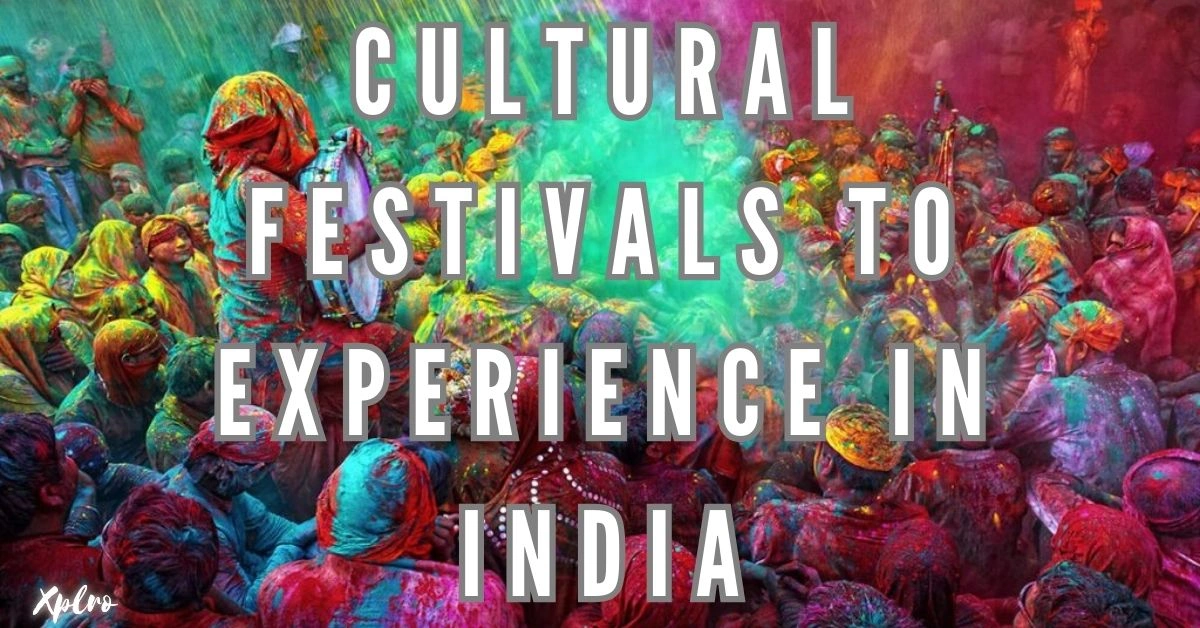Cultural Festivals to Experience in India, a vibrant tapestry of cultures and traditions, is renowned for its captivating festivals. From the serene spiritual rituals to the exuberant street celebrations, these events offer a window into the country’s soul. Each region boasts its unique festivals, showcasing age-old customs and modern expressions of joy. Whether you’re drawn to the colorful parades of Diwali, the spiritual fervor of Kumbh Mela, or the artistic expressions of Onam, India’s festivals promise an unforgettable experience.
- 1. Diwali – Festival of Lights
- 2. Holi – Festival of Colors
- 3. Navratri and Dussehra – Festival of Dance and Victory
- 4. Ganesh Chaturthi – Festival Honoring Lord Ganesha
- 5. Durga Puja – Celebration of Divine Feminine Power
- 6. Pongal – Harvest Festival of Tamil Nadu
- 7. Baisakhi – Harvest Festival of Punjab
- 8. Onam – Kerala’s Harvest Festival
- 9. Eid-ul-Fitr – Festival of Breaking the Fast
- 10. Makar Sankranti – Festival of Kites
- FAQs
1. Diwali – Festival of Lights
- When: October-November
- Where: Celebrated across India
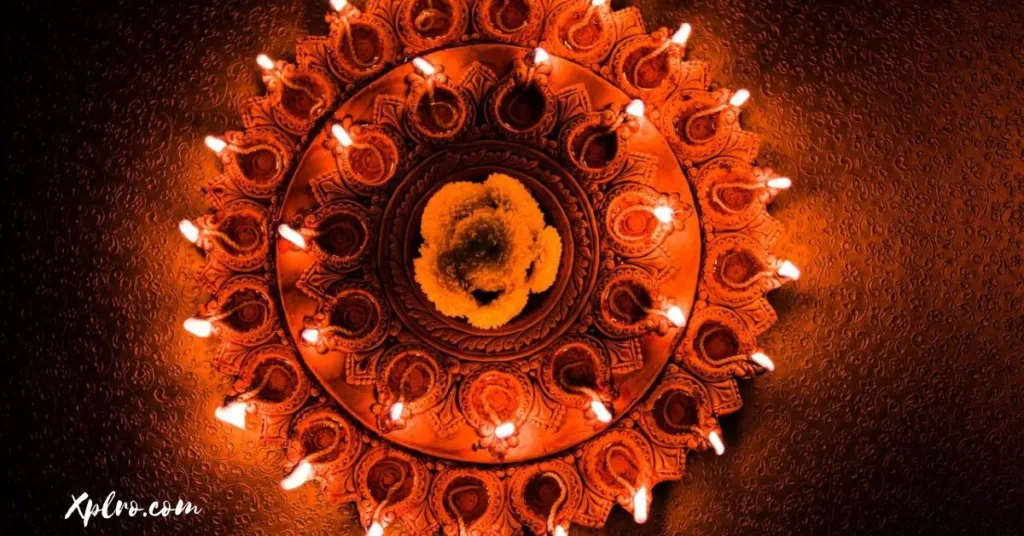
Diwali, a major Hindu festival, illuminates India every year. It’s a time of joy, hope, and togetherness. People light up their homes with colorful lamps called diyas and create beautiful rangoli patterns on the floor. This festival symbolizes the victory of light over darkness and good over evil. Major cities like Delhi, Jaipur, and Varanasi transform into dazzling spectacles of light, sound, and color. It’s a wonderful time to experience India’s vibrant culture, delicious food, and warm hospitality.
2. Holi – Festival of Colors
- When: March
- Where: Celebrated across India, with major celebrations in Mathura, Vrindavan, and Barsana
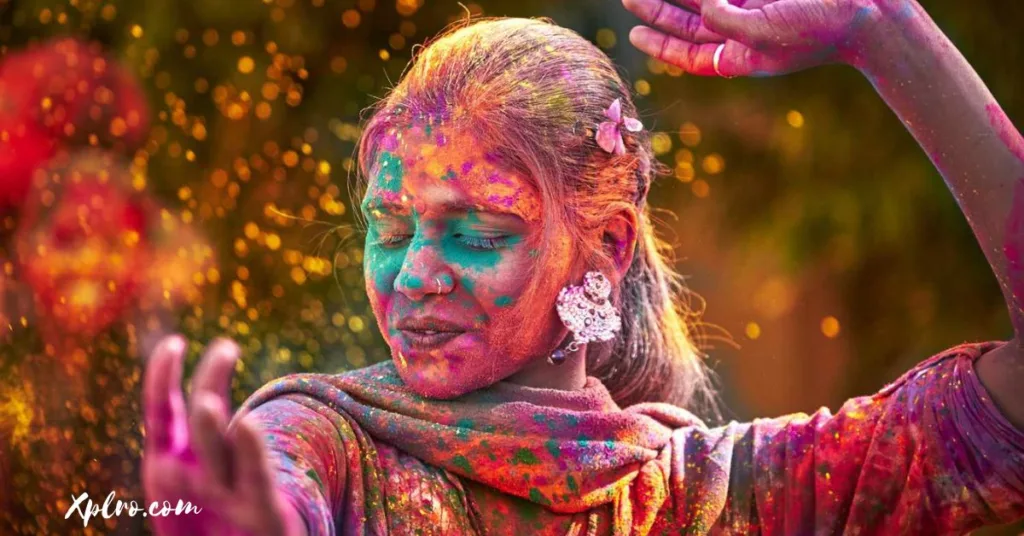
Holi, a vibrant and joyous festival, heralds the arrival of spring in India. People come together to celebrate by throwing colorful powders, called gulal, at each other. The festive air is filled with music, dance, and the sweet aroma of traditional treats like gujiya. Mathura and Vrindavan, where Lord Krishna is believed to have grown up, are renowned for their extravagant Holi celebrations. The vibrant colors, infectious energy, and sense of unity make Holi a truly unforgettable experience.
3. Navratri and Dussehra – Festival of Dance and Victory
- When: September-October
- Where: Celebrated across India, with significant celebrations in Gujarat, Maharashtra, and West Bengal
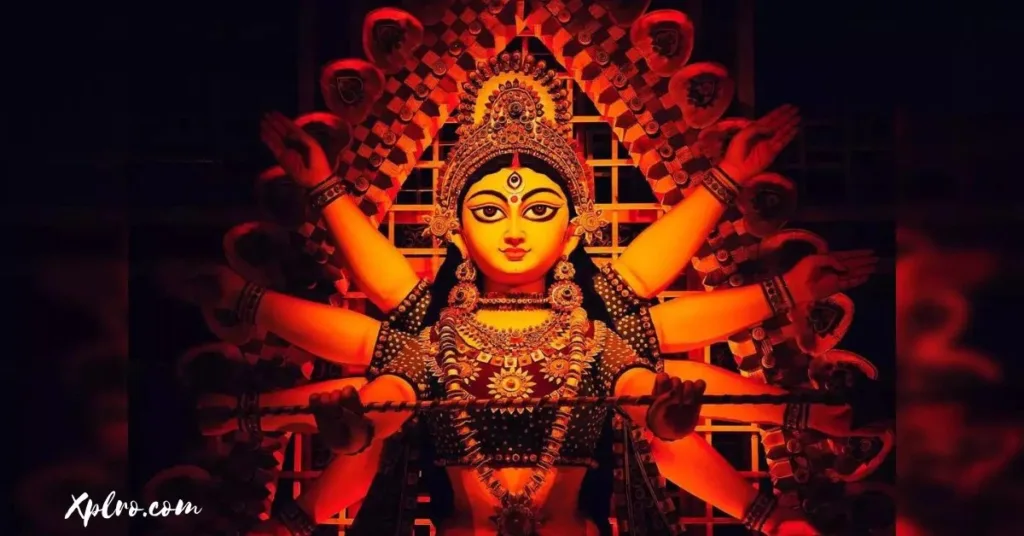
Navratri, a nine-night festival, honors the divine feminine energy through dance, devotion, and worship. The vibrant festival of Garba and Dandiya Raas, traditional folk dances, fills the nights with rhythmic beats and colorful attire. The festival culminates with Dussehra, marking the victory of good over evil. In West Bengal, Navratri is celebrated as Durga Puja, where beautifully crafted idols of Goddess Durga are worshipped, and grand processions fill the streets. The Dussehra celebrations in Mysore and Kullu are also renowned for their grandeur and attract visitors from around the world.
4. Ganesh Chaturthi – Festival Honoring Lord Ganesha
- When: August-September
- Where: Maharashtra, especially in Mumbai and Pune
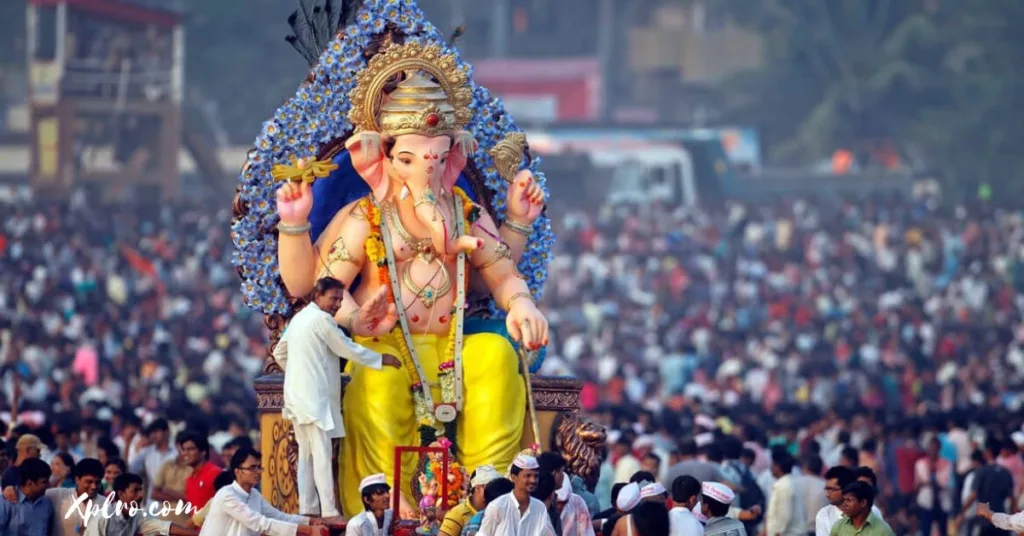
Ganesh Chaturthi is a ten-day festival dedicated to Lord Ganesha, the elephant-headed god of wisdom and prosperity. The streets come alive with the joyous celebrations, as beautifully crafted idols of Lord Ganesha are installed in homes and pandals. Mumbai, in particular, is known for its grand celebrations, attracting devotees from all over the world. The festival culminates in a grand procession, the Visarjan, where the idols are immersed in water amidst a sea of devotees singing, dancing, and beating drums.
5. Durga Puja – Celebration of Divine Feminine Power
- When: September-October
- Where: Primarily in West Bengal, with major celebrations in Kolkata
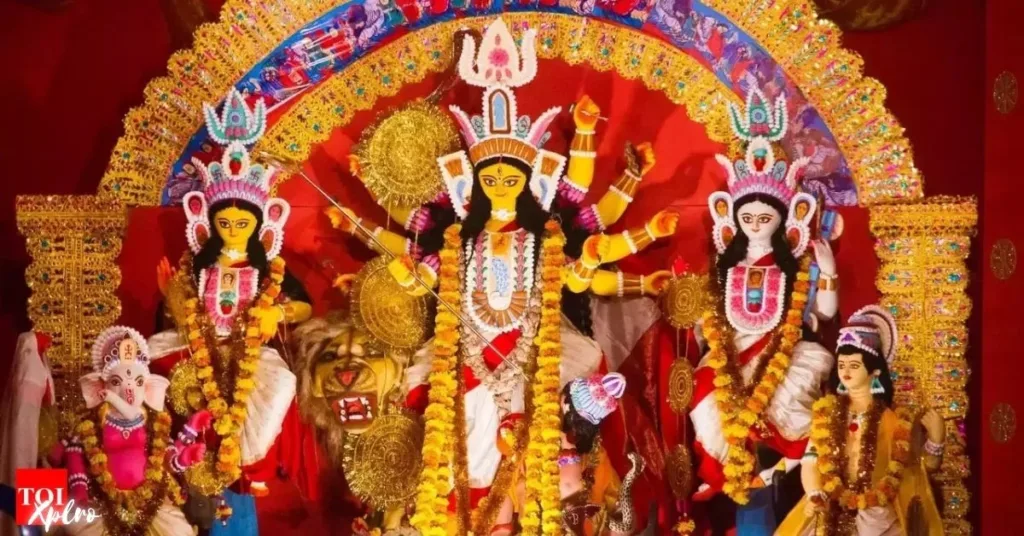
Durga Puja is a grand Hindu festival that celebrates the victory of Goddess Durga over the demon Mahishasura. Kolkata, the cultural capital of West Bengal, hosts the most extravagant Durga Puja celebrations. The city is adorned with beautifully decorated pandals, showcasing intricate clay idols of Goddess Durga. The festive atmosphere is filled with cultural performances, mouthwatering Bengali delicacies, and a sense of communal spirit. For travelers, Durga Puja in Kolkata offers a unique opportunity to immerse themselves in the rich cultural heritage of Bengal.
6. Pongal – Harvest Festival of Tamil Nadu
- When: January
- Where: Tamil Nadu
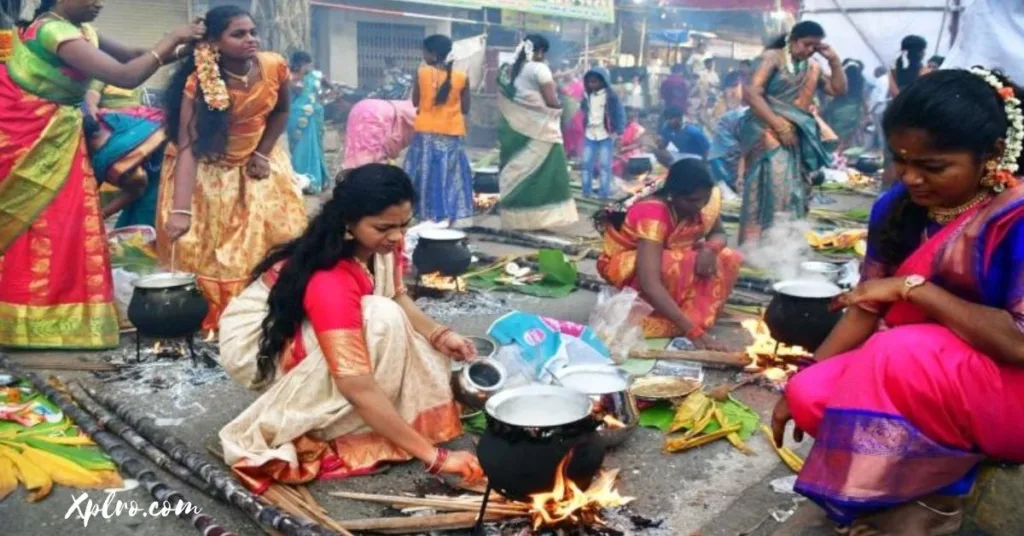
Pongal is a vibrant four-day harvest festival celebrated with great enthusiasm in Tamil Nadu. It’s a time to express gratitude to the Sun God and the Earth for a bountiful harvest. The festival’s highlight is the preparation of a sweet rice dish called “Pongal.” The festive spirit is palpable in villages and cities across Tamil Nadu, with colorful kolam (rangoli) adorning the streets, bull-taming events like Jallikattu, and lively folk music. Pongal offers a unique opportunity to experience the rich agricultural traditions and vibrant community spirit of rural Tamil Nadu.
7. Baisakhi – Harvest Festival of Punjab
- When: April
- Where: Punjab, especially in Amritsar and surrounding areas
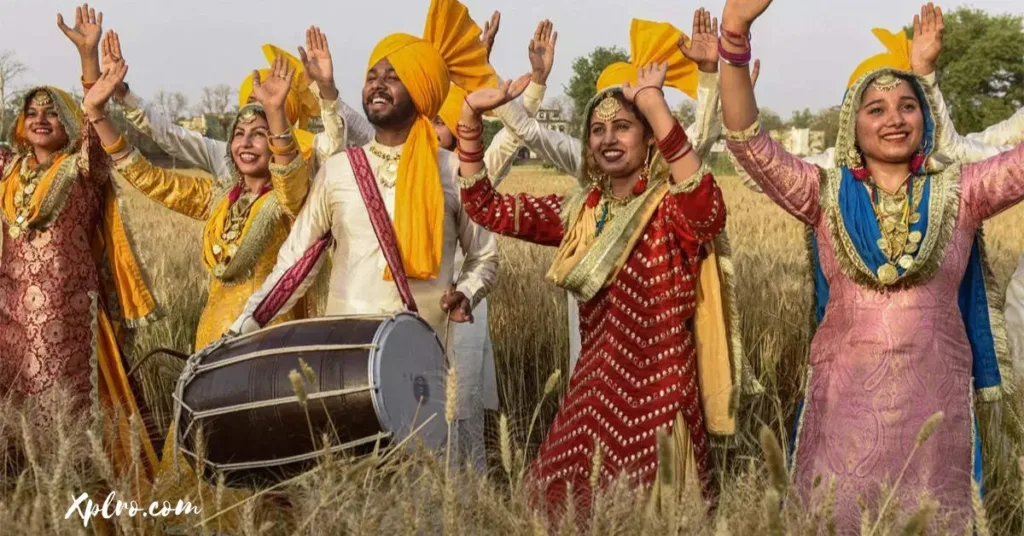
Baisakhi is a joyous festival that marks the Punjabi New Year and celebrates the harvest season. It also holds significant religious importance for Sikhs, commemorating the formation of the Khalsa by Guru Gobind Singh. The celebrations are filled with vibrant cultural expressions, including traditional Bhangra and Gidda dances, community fairs, and the sharing of langar (community meal) at Gurdwaras. The Golden Temple in Amritsar becomes a center of grand festivities, attracting devotees from far and wide. Baisakhi offers travelers a chance to immerse themselves in the vibrant Punjabi culture, music, and delicious cuisine.
8. Onam – Kerala’s Harvest Festival
- When: August-September
- Where: Kerala
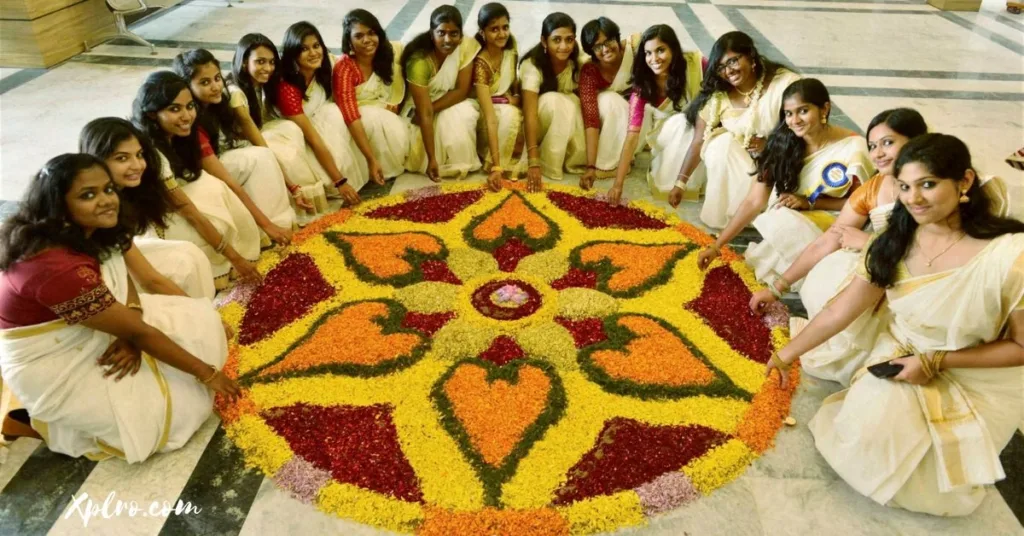
Onam is Kerala’s most significant festival, commemorating the homecoming of the legendary King Mahabali. The celebrations are characterized by a variety of cultural events, including the thrilling snake boat races, graceful Kathakali dance performances, and the vibrant flower decorations known as pookalam. A sumptuous feast called Onam Sadhya, featuring a multitude of vegetarian dishes served on a banana leaf, is a central part of the festivities. Onam offers travelers a unique opportunity to delve into Kerala’s rich cultural heritage and experience the state’s distinctive blend of tradition and festivity.
9. Eid-ul-Fitr – Festival of Breaking the Fast
- When: Varies based on the Islamic lunar calendar
- Where: Celebrated across India, with significant celebrations in Delhi, Hyderabad, and Lucknow
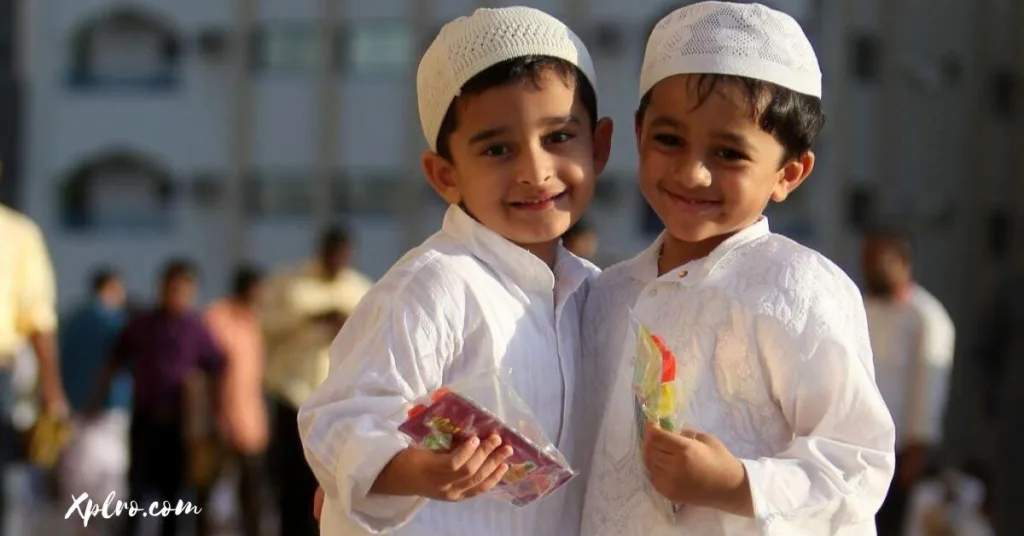
Eid-ul-Fitr is a joyous Muslim festival that marks the end of Ramadan, the holy month of fasting. The festivities involve communal prayers, lavish feasts, and acts of charity. Mosques and markets are adorned with beautiful decorations, and people exchange gifts, wear new clothes, and indulge in delicious traditional dishes like biryani, kebabs, and sweet vermicelli (seviyan). Cities like Old Delhi, Hyderabad, and Lucknow are particularly known for their vibrant Eid celebrations, offering visitors a glimpse into India’s rich Islamic culture and cuisine.
10. Makar Sankranti – Festival of Kites
- When: January
- Where: Celebrated across India, with major festivities in Gujarat, Maharashtra, and Rajasthan
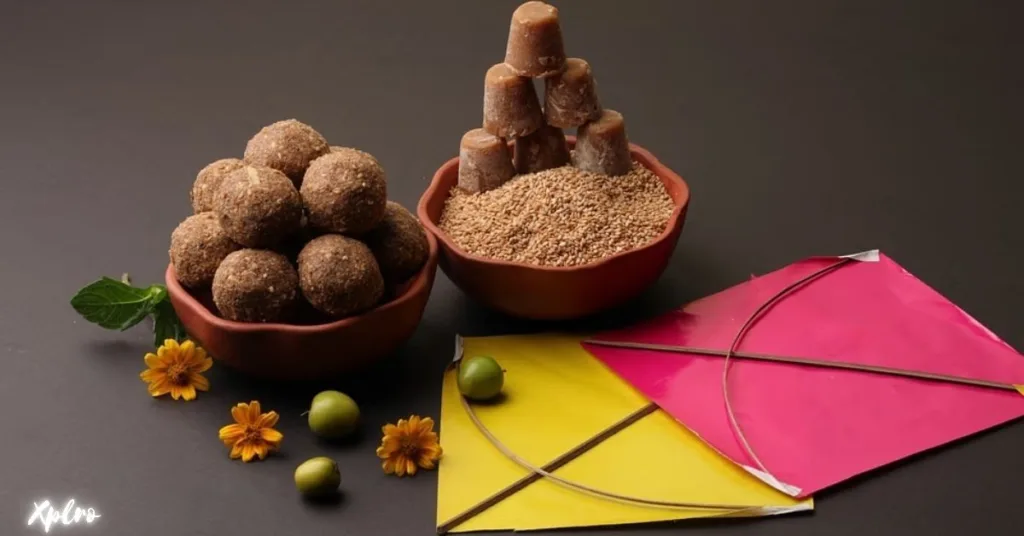
Makar Sankranti marks the Sun’s transition into the Capricorn zodiac sign. The festival is synonymous with colorful kite-flying competitions, especially in Gujarat and Rajasthan. The skies are dotted with vibrant kites as people engage in friendly battles. In states like Maharashtra, the festival involves the exchange of sweet delicacies made from sesame seeds and jaggery, symbolizing warmth and unity. The International Kite Festival in Ahmedabad during Makar Sankranti is a renowned event that attracts kite enthusiasts from around the world.
Conclusion- Cultural Festivals to Experience in India
India’s cultural festivals are more than just celebrations; they’re vibrant tapestries woven from the country’s rich and diverse heritage. Each one tells a unique story, offering a window into local customs and traditions while fostering a spirit of community. Whether you’re drawn to the artistic expressions of Onam, the soulful music of Baisakhi, or the delectable feasts of Diwali, these festivals offer a truly immersive experience into the heart of India. Plan your trip around one of these celebrations with Xplro.com (your one-stop travel guide to India) and get ready to be swept away by the kaleidoscope of colors, the infectious joy, and the vibrant spirit that defines Indian festivals.
FAQs
1. When is the best time to attend cultural festivals in India?
- The most popular period for cultural festivals in India is from October to March, covering major celebrations like Diwali, Holi, and Navratri. During this time, the weather is generally more pleasant across the country, especially in the northern regions, making it ideal for travel and outdoor festivities.
2. Do I need tickets to attend these festivals?
- Most festivals are open to the public and free to attend, especially those held in temples and public spaces. However, certain large events, such as traditional performances, VIP zones, or special activities like Onam’s boat races, may require tickets or passes, which can usually be booked in advance.
3. What should I wear to an Indian festival?
- It’s recommended to dress modestly, as Indian culture tends to be conservative. Wearing traditional attire, like a kurta for men or a sari for women, can enhance the experience but is not mandatory. For festivals like Holi, where colors are thrown, old or comfortable clothes are ideal.
4. Are Indian festivals safe for international tourists?
- Yes, Indian festivals are generally safe, and locals warmly welcome international guests. Large crowds are common, so keeping valuables secure, staying hydrated, and being mindful of your surroundings is advisable. For added safety, consider attending with a local guide or joining a group tour.
5. Can non-Hindus take part in Hindu festivals?
- Yes, people of all backgrounds are welcome at most Hindu festivals. Celebrations like Diwali, Holi, and Navratri are widely inclusive, and locals often appreciate tourists’ interest in their customs and traditions. Participation is encouraged, and many locals enjoy sharing the meaning behind the festivities.
6. How can I check festival dates?
- Festival dates in India are largely based on the lunar calendar, so they change yearly. To confirm dates for a specific year, consult travel websites, tourism boards, or apps that provide holiday calendars for India. Checking closer to your travel dates will ensure accuracy.
7. Do I need to know Hindi or local languages to enjoy the festivals?
- Knowing Hindi or regional languages isn’t necessary to enjoy Indian festivals. Many locals, especially in tourist areas, speak some English. Festivals are largely visual and experiential, with music, food, and activities that are universally enjoyed, and locals are usually eager to explain cultural nuances.
8. Are there special foods associated with festivals in India?
- Yes, festivals in India are often tied to specific dishes and sweets. For instance, Diwali is celebrated with sweets like laddoos and barfis, while Pongal involves a dish called ‘Pongal’ made from freshly harvested rice. Trying these festival foods is a wonderful way to engage with the culture.
9. Are there specific customs I should follow during festivals?
- Following simple customs can help you connect with locals and show respect. For example, remove your shoes before entering temples or festival spaces, dress modestly, and greet people with a “Namaste.” When taking photos, especially of people or religious events, it’s polite to ask for permission.
10. Should I bring anything specific to festivals like Holi?
- If you’re attending Holi, wear old clothes as the colored powders can be difficult to wash out. You might also bring sunglasses to protect your eyes and skin-safe organic colors if you prefer. For festivals with fire or lights, such as Diwali, avoid flammable clothing for safety.
11. Can I buy unique souvenirs during these festivals?
- Yes, many festivals have markets where you can find unique souvenirs like jewelry, crafts, and clothing. Diwali and Dussehra fairs often feature handcrafted items, while Navratri and Durga Puja may have stalls offering traditional art. These festivals offer a great chance to support local artisans and bring home a memory of the celebration.




